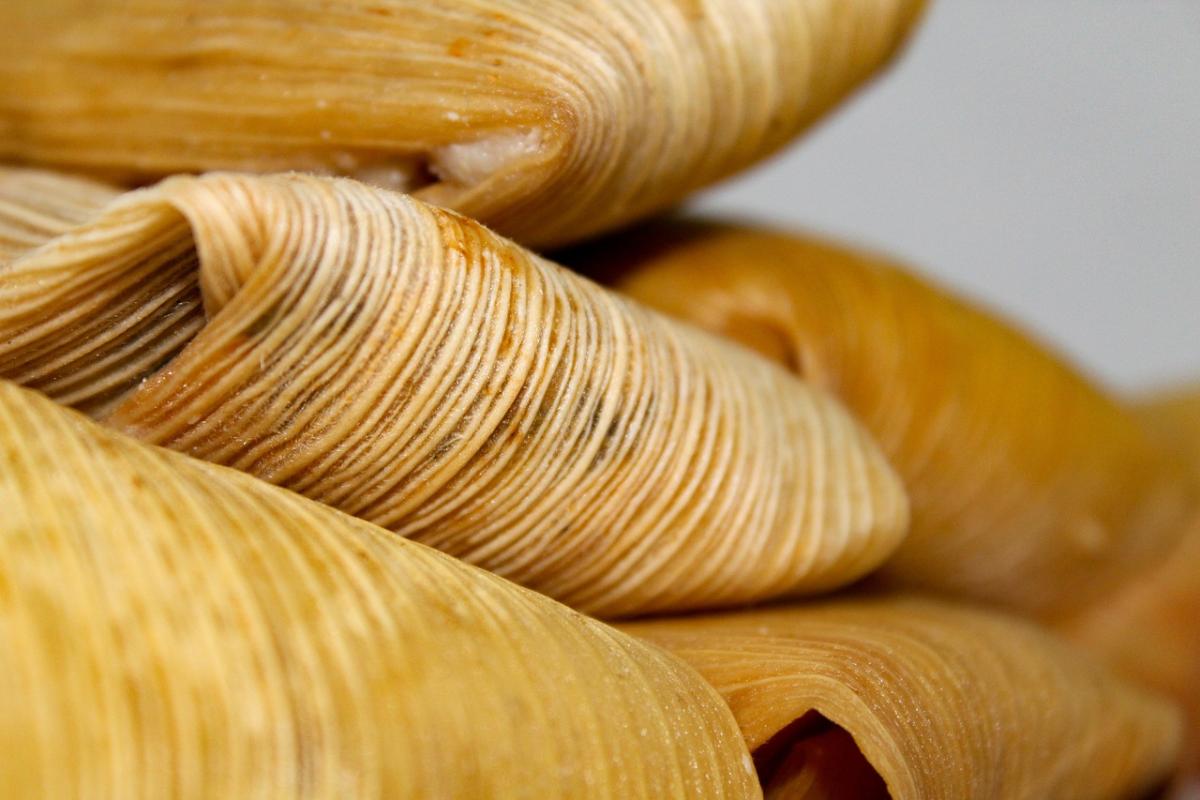National dishes CAN be vegan, and many of them certainly are, but let’s take things an insightful step further for Black History Month and explore the African origins of some of our favourite traditional plant-based foods.
Did you know that horchata, the delicious milky Latin beverage, has ties to North Africa? The main ingredient in horchata de chufa, tiger nuts, is a North African staple. It was introduced to Spain by the Moors who ruled the Iberian Peninsula from the 8th to 15th century. Spanish colonisation then further brought it to Latin America, particularly Mexico, where the tiger nuts are more often subbed for rice. However, the true history of horchata goes as far back as Ancient Egyptian times.
With Black History Month coming to a close, it’s a great time to reflect on generations of Black contributions to the modern plant-based world. During the transatlantic slave trade, nearly twelve million African people were taken from their homeland to Latin America and the Caribbean islands. The people weren’t the only things that crossed sea borders. The Americas and islands owe their staples, street foods, and cooking techniques to African cuisine. Crops and farming have been a significant part of the culture globally, so it should come as no surprise that these Africans handed over their knowledge of street foods and traditional dishes, passing them down as staples through the subsequent five or six centuries.
Mangu, the mashed plantain dish of the Dominican Republic, has roots in the Congo. Its original name was Mangusi, meaning pureed-land-vegetable, and consisted of mashed boiled bananas. According to The Encyclopedia of Dominican Cooking, the story goes that when Americans invaded the Dominican Republic during World War One, a soldier tasted some of the local food and exclaimed, “Man, this is good!”. The locals interpreted this as “Man-gu!”, and so the dish almost kept its African name.
As another example, mix some mashed fried green bananas with olive oil, garlic, and protein, and you have Mofongo, which employs an Angolan technique of kneading multiple starchy foods with liquid and fat to soften them, sometimes forming bowl shapes to put your side dishes in. The roots of Mofongo come from West African fufu, a boiled yam puree. Today, Mofongo is served in Puerto Rico, the Dominican Republic, and Cuba. In Europe the closest equivalent of this dish is referred to as polenta in Italy, which is vegan when meat and dairy are omitted, since the starches keep the dough together.
The “roots” soups of the Caribbean and Honduras also originate from the African vegetable okro, known as okra in many English-speaking countries. Okro soup was traditionally a medicinal dish to treat ailments such as kidney stones in various African countries. In India and the Middle East, traditional uses of okra remain similar to the African way, prepared with tomatoes, onion, and pepper.

Today's popular South and Central American staples, the famous tamales, come from the African technique of using banana leaves to seal in flavour and moisture over a slow cook. According to the Southern Foodways Alliance, descendants of African slaves who worked in sugarcane fields had access to banana leaves and corn flour, which contributed to the creation of dishes like tamales and pasteles. This part of the world is known for rice and beans as its culinary cultural stereotype. It’s no coincidence that rice and beans are reminiscent of Jollof rice, which is still popular in Nigeria and Ghana. Black-eyed peas are already known as a quintessential Black dish; there’s a hip-hop band named after them, after all! However, due to cultural appreciation, these beans have also gained popularity in Greece and Italy, where they’re often paired with olive oil and herbs in salads.
As you can see, African staples spread throughout the world alongside its people. West Africa is renowned for its peanut stews, and Portugal adapted maafe, from Senegal and Mali, during the colonial era. It’s not just a case of great minds thinking alike, they still incorporate the tomatoes, onions, and spices rooted in African tradition.
Speaking of Portugal, many foodies are familiar with Piri Piri, also known as Peri-Peri spicy sauce. Guess where it’s from? African chillies. It was discovered during the colonisation of Mozambique and Angola, and the Portuguese took it home with them. Peri-Peri is made from chilli peppers, garlic, lemon, and oil, and it’s 100% vegan.
Let’s bring this home with West Africa’s imprint on Asia. Cassava is one of the most common dietary staples in Africa. When Southeast Asia got wind of it, a place where potatoes and yams aren’t necessarily a must-have, they turned it into some of the most popular snacks in Indonesia, Malaysia, and the Philippines. The tapioca pearls in Boba tea and crispy cassava chips are not only vegan and gluten-free; they’re delicious!
On the topic of processed vegan foods, don’t forget the controversial use of palm oil, widely used in West African cuisine. It’s an ingredient valued for its rich flavour, high smoke point, and versatility in frying and baking since it solidifies at room temperature while remaining nutrient-dense with vitamins A and E. In Africa, you’ll find it in egusi soup, banga soup, and moimoi. However, since unsustainable sourcing can be destructive to the environment, not all vegans may feel proud of its heavy adoption in everything from instant noodles, chocolate, granola, and popcorn.
We hope you enjoyed this journey around the world in African flavour! It’s a great reminder of the extent to which the motherland has influenced international cuisine and culture. It’s important to think about where your food comes from and to have edible proof that Africa has changed history and culture intercontinentally.
 Akil Goin is a teacher, traveller, and Trinidadian foodie who was raised in Montreal, Canada, earned his Bachelor's of Arts in English Language Studies in the Philippines, and lives in Vietnam. He has been vegan cold-tofurky since 2014 and spends his free time dabbling at creative plant-based recipes.
Akil Goin is a teacher, traveller, and Trinidadian foodie who was raised in Montreal, Canada, earned his Bachelor's of Arts in English Language Studies in the Philippines, and lives in Vietnam. He has been vegan cold-tofurky since 2014 and spends his free time dabbling at creative plant-based recipes.
The views expressed by our bloggers are not necessarily the views of The Vegan Society.

